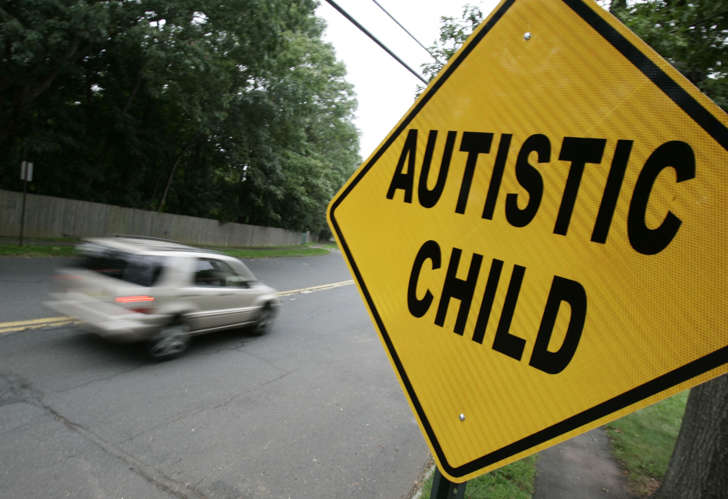Missing children with autism
4 days ago
 © Noah K. Murray/Star Ledger/Corbis
© Noah K. Murray/Star Ledger/Corbis
A special message from MSN:
This month we're working with the National Center for Missing and Exploited Children and other organizations to help reunite missing kids with their families. Together, through raised awareness and Microsoft technology like facial recognition and cloud computing, we're making progress. You can help, too. Please consider donating.
This article was reprinted with permission from the National Center for Missing & Exploited Children. More info at http://www.missingkids.com.
According to survey data published in the journal Pediatrics, nearly half of families reported their children with autism wandered or eloped from safe environments. And more than a third of the children who wandered were unable to communicate their name and/or address. Finding and safely recovering a missing child with autism presents unique and difficult challenges for families, law enforcement, first responders and search teams. The National Center for Missing & Exploited Children has special search protocols and checklists to help first responders.
Children with autism go missing under a variety of circumstances. They may seek out small or enclosed spaces. They may wander toward places of special interest to them. Or they may try to escape overwhelming stimuli such as sights, sounds, surroundings or activities of others.
New Data and Safety Resources for 2017
A 10-Year Analysis of Data Related to Missing Children with Autism who have been Reported Missing to NCMEC This analysis includes data reported to NCMEC between January 1, 2007 and December 31, 2016. In total, there were 952 children with autism reported missing to NCMEC during this ten year period. These 952 children were involved in a total of 1,067 missing incidents. Download the Analysis Here
How to Host a Sensory Friendly First Responder Event for Children with Autism - Created with n2y
This sensory friendly event familiarizes children with autism to the sights and sounds associated with different types of law enforcement, fire and rescue units. Download the Event Toolkit
Dangerous Attractions
Children with autism may exhibit interests that pose dangers such as:
Click here for more resources related to autism awareness.
4 days ago
A special message from MSN:
This month we're working with the National Center for Missing and Exploited Children and other organizations to help reunite missing kids with their families. Together, through raised awareness and Microsoft technology like facial recognition and cloud computing, we're making progress. You can help, too. Please consider donating.
This article was reprinted with permission from the National Center for Missing & Exploited Children. More info at http://www.missingkids.com.
According to survey data published in the journal Pediatrics, nearly half of families reported their children with autism wandered or eloped from safe environments. And more than a third of the children who wandered were unable to communicate their name and/or address. Finding and safely recovering a missing child with autism presents unique and difficult challenges for families, law enforcement, first responders and search teams. The National Center for Missing & Exploited Children has special search protocols and checklists to help first responders.
Children with autism go missing under a variety of circumstances. They may seek out small or enclosed spaces. They may wander toward places of special interest to them. Or they may try to escape overwhelming stimuli such as sights, sounds, surroundings or activities of others.
New Data and Safety Resources for 2017
A 10-Year Analysis of Data Related to Missing Children with Autism who have been Reported Missing to NCMEC This analysis includes data reported to NCMEC between January 1, 2007 and December 31, 2016. In total, there were 952 children with autism reported missing to NCMEC during this ten year period. These 952 children were involved in a total of 1,067 missing incidents. Download the Analysis Here
How to Host a Sensory Friendly First Responder Event for Children with Autism - Created with n2y
This sensory friendly event familiarizes children with autism to the sights and sounds associated with different types of law enforcement, fire and rescue units. Download the Event Toolkit
Dangerous Attractions
Children with autism may exhibit interests that pose dangers such as:
- Roadways/highways
- Trains
- Heavy equipment
- Fire trucks
- Roadway signs
- Bright lights
- Traffic signals
Click here for more resources related to autism awareness.
